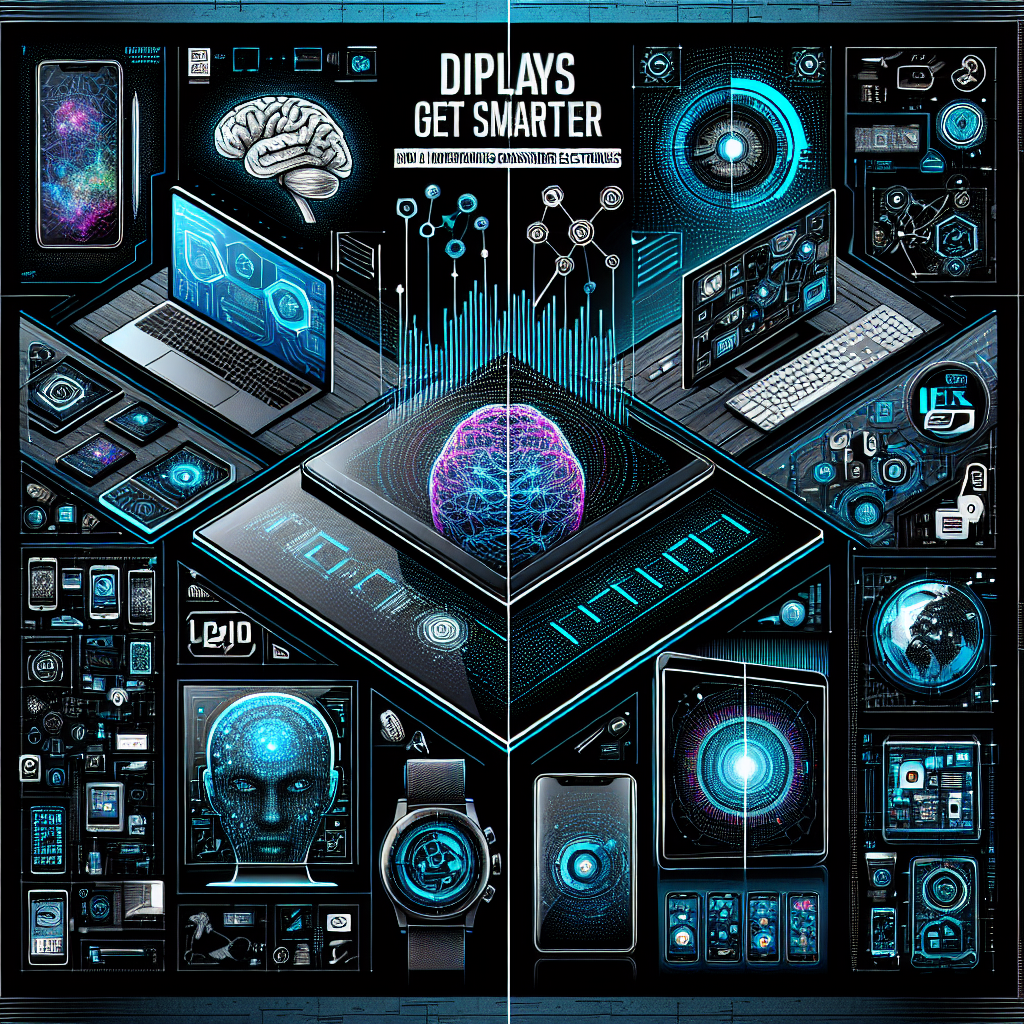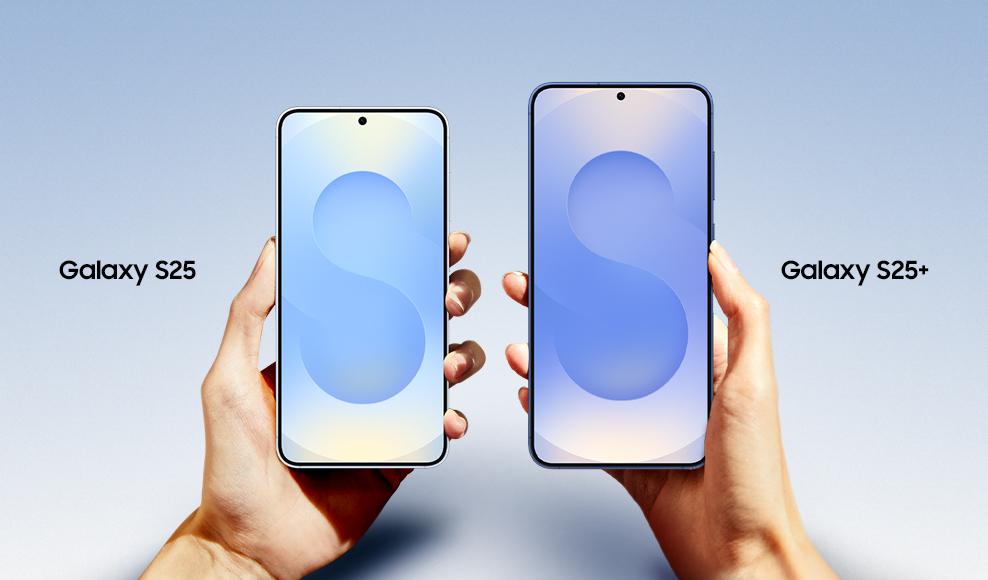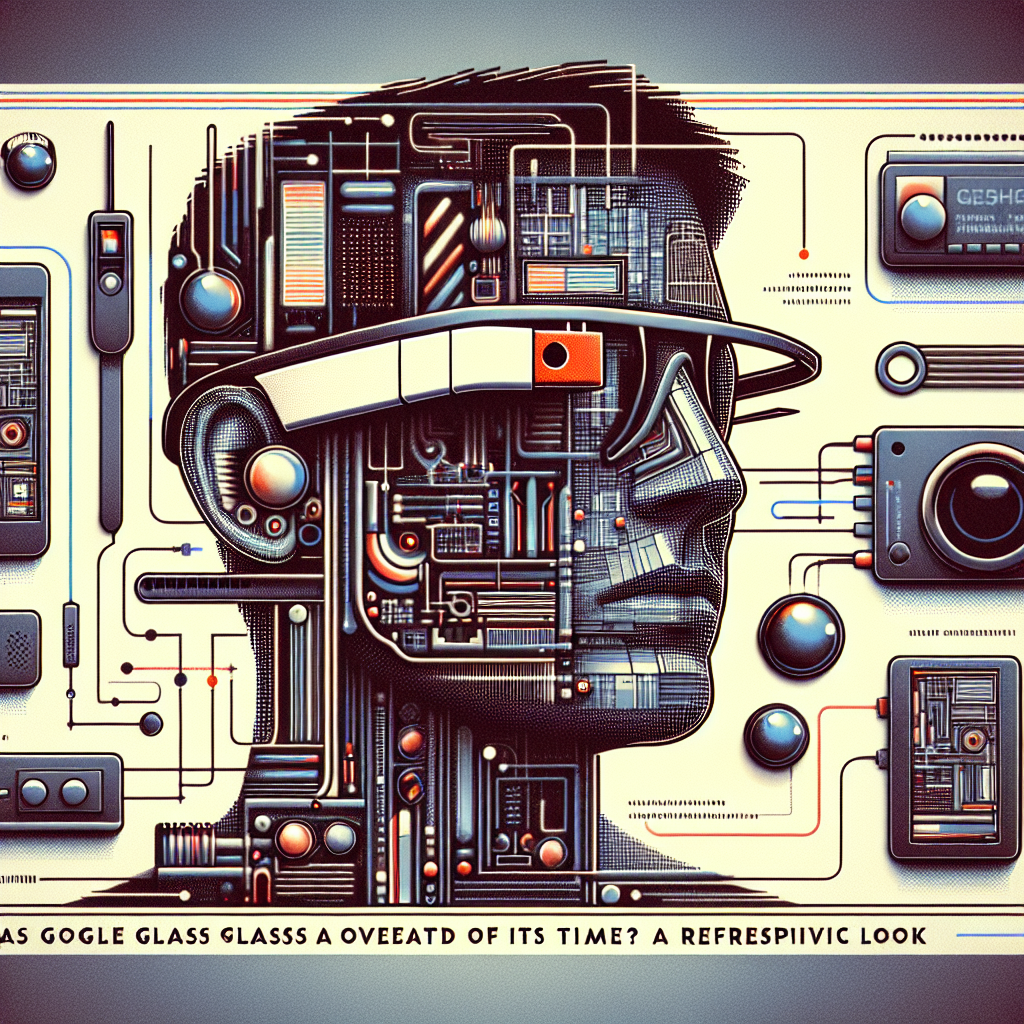Introduction
The union of artificial intelligence (AI) and advanced display technologies is propelling consumer electronics into a new era of interactivity and personalization. From smarter TVs to innovative gaming devices, AI is redefining how we experience visual content and interact with technology. Let's dive into the vibrant world where AI, IoT, and cutting-edge displays meet.
Next-Generation Displays: The Visual Revolution
Displays have evolved significantly, especially with technologies like OLED and Mini LED. LG's G5 OLED TV, unveiled at CES 2025, features a four-stack OLED panel that boosts brightness by 40%, offering a more immersive viewing experience. This isn't just about visuals; AI-driven processors like LG's Alpha 11 Gen 2 enhance upscaling, surround sound, and refresh rates, making them ideal for gaming enthusiasts.
Hisense also showcased its 116UX TriChroma Mini LED TV, incorporating RGB Local Dimming Technology for better color precision. Meanwhile, TCL brought high-quality Mini LED displays to more affordable price points. The TCL QM6K range starts at $999 for a 65-inch model, making superior display quality accessible to a broader audience.
AI-Enhanced Displays: Beyond Visuals
AI is not just about improving picture quality; it's transforming how displays function across devices. Smart TVs now use AI to adjust settings based on content, ensuring an optimal viewing experience. Beyond TVs, AI powers smart home tools and wearables, providing personalized insights and automating tasks.
Gaming and AI: The Future of Interactive Entertainment
Gaming is experiencing its own AI revolution, particularly with NVIDIA's RTX 5090 GPU. Featuring neural shaders and advanced ray tracing, this GPU offers smoother, more realistic graphics. Additionally, technologies like DLSS 4 improve frame generation, making high-resolution gaming more accessible.
Generative AI and Consumer Electronics
Generative AI is reshaping content creation in consumer electronics. Smart devices now curate personalized content recommendations using generative algorithms, reducing browsing time and enhancing user engagement. Moreover, generative AI aids in product design by simulating various scenarios, leading to more user-friendly products.
Conclusion
The integration of AI and advanced display technologies in consumer electronics is transforming user experiences. From better visuals to intelligent automation, these innovations are setting the stage for a future where devices are smarter, more adaptive, and personalized like never before.



